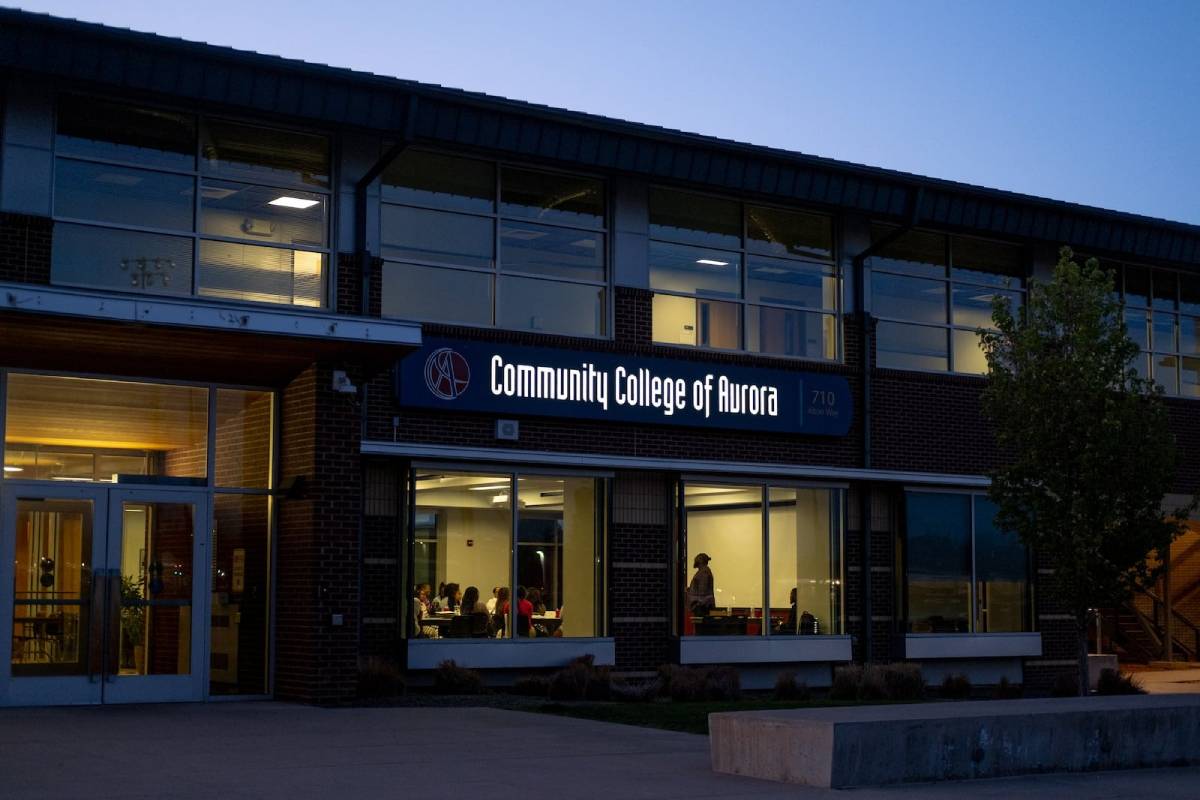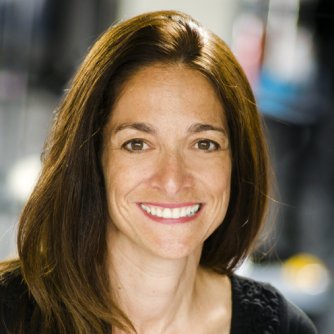
This is “Looking UP! in southern Colorado,” from the Colorado Springs Astronomical Society. I’m Hal Bidlack, and there are lots of reasons to look up!
Where do you live? Often there are several ways to answer that question. Your street, your city, your state and more. Where we live in the Universe is the same kind of thing. We live on Earth, which revolves around the sun as part of our solar system. But our sun is one of approximately 200 BILLION stars that make up our galaxy, the Milky Way.
On clear nights, when the moon isn’t too bright, you can make out a dim swath of light across the sky that looks like, well, a milky way. This band of diffuse light is actually the combined light of billions of stars too faint or distant to be seen as individual stars. Our Milky Way galaxy is a vast spinning pinwheel, with spiral arms made of up countless stars, slowly spinning around a massive black hole at the galaxy’s center. Our own Sun and solar system, out in one of the spiral arms, is zooming along at over 500,000 miles per hour. But the distance around the galaxy is so huge that it takes the sun about 250 million years to complete one orbit.
Numbers like these are hard for people to truly grasp, so try thinking of it this way. Picture every grain of sand on every beach on Earth. That’s a lot of sand! But there are more stars in the Milky Way galaxy than there are grains of sand on the Earth! And yet, the Milky Way is only a medium sized galaxy. The largest galaxy yet detected has over 100 Trillion stars! And there are at least 100 Billion more galaxies out there!
When viewed in a small telescope or even binoculars, the fuzzy light of the Milky Way explodes into thousands upon thousands of stars before your eyes
. The Milky Way contains remnants of exploded stars, massive clouds of gas where new stars are being born, giant stars half as big as our solar system. So when you look up at that dim band of light across the night sky, be amazed!
If you’d like to take a closer look at the wonders of the Milky Way or any of the other wonderful and amazing things in the sky, please visit KRCC.org or CSASTRO.org for a link to information on our monthly meetings and our free public star parties!
This is Hal Bidlack for the Colorado Springs Astronomical Society, telling you to keep looking up, Southern Colorado!








